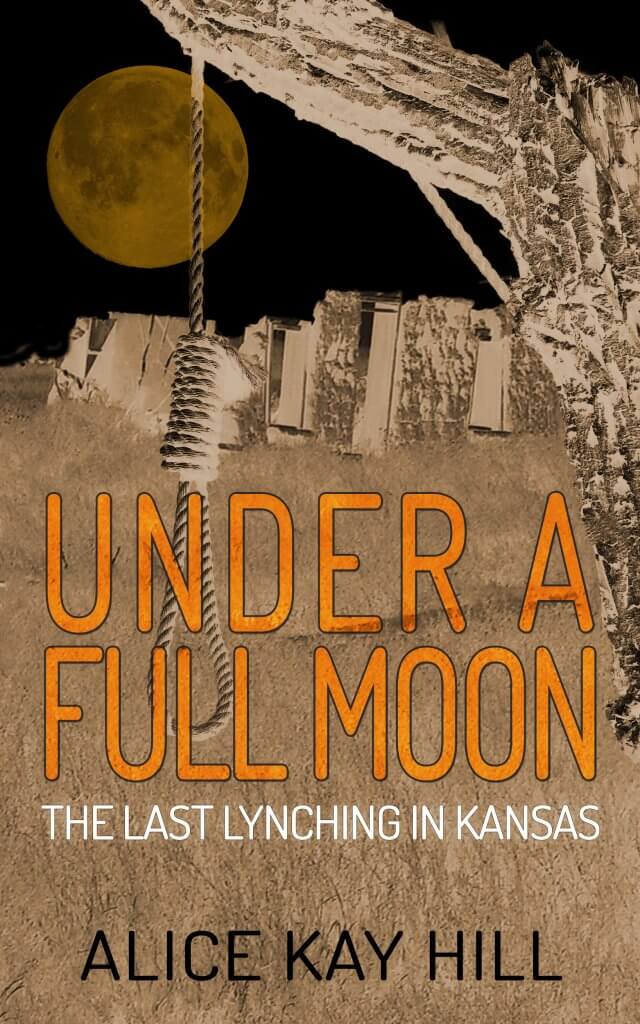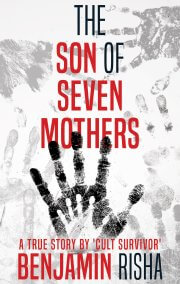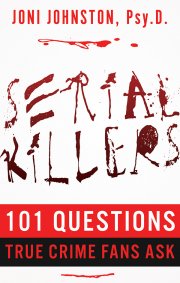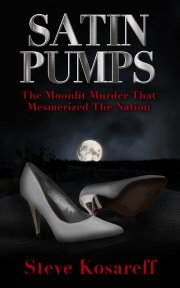UNDER A FULL MOON: The Last Lynching in Kansas tells of the tragic abduction and death of an eight-year-old girl at the hands of a repeat offender in 1932. This crime stands apart as the last mob lynching in Kansas. Based on true events, this account takes a deep dive into the psycho-social complexities of pioneer times and their impact on this particular crime and the justice meted out to the perpetrator.
Beginning in the year 1881, and written in a chronological narrative non-fiction format, author Alice Kay Hill vividly weaves the stories of the victims and the families involved. She reveals how mental and physical abuse, social isolation, privations of homesteading, strong dreams, and even stronger personalities all factored into the criminal and his crimes.
Spanning the years of settlement to the beginnings of the Dust Bowl, historic events are lived as daily news by the seven families whose lives become intertwined. Historically accurate and written with an intimate knowledge of the area, UNDER A FULL MOON is as personal as a family diary, as vivid as a photo album found in an attic trunk, and will remain with the reader long after the book is closed.
From The Book:
Their son Addison Alanson (A.A.) is born on a spring day in 1889. Children are one crop that can be counted on. Drought, grasshoppers, late freezes and early frosts might take out fields and gardens, but the babies are persistent in their regular arrival. Mary is thirty-eight years old.
In rural homes a girl is trained for motherhood and learns the basics of house management through helping to raise younger siblings. Typically, not long after puberty, she will be married and delivering or nursing babies without let up for most of her life. Often her first daughters have children before she herself is done.
Mary gazes into her squalling newborn’s face and knows that his life can be taken in a moment. Though she would never know the numbers, she was clearly aware of childhood mortality. In 1870, two years after her marriage to Alanson and while they were living in Nebraska, 114 deaths occurred in their county. Nearly 100 of those were children, most less than five years of age.
Cholera infantum had taken their little boy, John. Mary would never forget his extreme distress as vomiting and diarrhea drained his life so quickly, his feverish lips cracking like parchment, his skin becoming translucent until she could trace his veins and see his heart thumping below his heaving chest.
Not long after John was buried a near neighbor lost her not quite one-year-old when he choked on a piece of seed corn. The frantic mother carried his lifeless body from home to home while screaming for someone to save her purple faced child. Anything and everything could happen to these defenseless babies. As she puts Addison Alanson to her breast Mary shivers, teeth chattering from childbirth strain and fatigue without hope or expectation of relief.
Accolades for UNDER A FULL MOON:
“Reading the first few chapters seemed a little tedious to me, but then I realized my reaction was most likely related to the fact that I’ve never been in Kansas, and I don’t know anything about ranching, livestock, sod busting or Kansas history. Then, when I saw the author was going to speak for the characters who lived the story, I thought, “Aw, that will never work!” Boy, was I wrong about that. Mrs. Hill made it work, amazingly well. The story and the people gradually pulled me in. Her character development and description about the times and the land are captivating. The story was propelled for me when the horrible attack on the boy Richard took place. I actually agreed with his response with the pitchfork. (Perhaps that was my own primitive view of justice served.)
Foremost throughout the book is Mrs. Hill’s understanding of the people, the land and the challenges of the places and years when the events took place. Her compassion is a great element of the book as well. The book reads like a good novel, but is powerful because it is factual. The List of Primary Persons was particularly helpful as I referred to it to keep myself aware of who was who. I appreciated the Concluding Stories, the Epilogue and the list of sources. I went to the site with the related photographs, which really bring home the reality of those tragic events.
In all, I think it is a great book, and the research required to write it is staggering. I’ve gone to Amazon and checked five stars for my rating. This book is one of those rare ones that can be re-read with increasing understanding and appreciation. I will let it rest in my Kindle cloud for now, but I will read it again before too long. I’m sure to get even more out of it. Thank you for telling me about the book.”






 Join our email list
Join our email list
Wow great job, Alice, you are so ambitious! Good for you. I’m a true crime fan. Can’t wait to read it.
Thank you for your kind comment!
I am so excited to see this come together.
When I began, nearly 17 years ago, I had no idea of where the research would take me. Though I didn’t anticipate it, I found that the core theme of the telling revealed itself as the lives of the families became known to me. In trying to answer the ‘why’ of the final crime I realized that there were many layers to that question. Writing this book has had a profound effect on me and I hope it will have a positive impact on others. Despite being a tragic tale, I hope that readers will become aware that during our lives each of us have multiple opportunities to, perhaps, prevent ‘the making of a criminal’.
Excitement is mounting for this book! I enjoyed hearing about your journey of researching and writing this book over the past few years. Can’t wait to own a physical copy
I’m looking forward to reading your book. Joe I will enjoy it.
As the process moves forward I’ll keep folks updated on availability. Thank you for your encouragement, Linda!
I always knew there had to be a story to tell with this piece of history. Thank you for being that person who put it all together.
Thank you, Connie! It was a journey that evolved along the way. I hope you find the book compelling.
I’m so ready to read that rest of the book after being tantalized by the summary. You already formed a vivid picture in my head and though it won’t be the most pleasant story, it is a true one, and I’m ready to broaden my perspective of homesteading on the prairie. clearly this took years of research and a great deal of passion to have the endurance to finish. Congratulations Alice.
I respect your comments! You have traveled that same path of passion and endurance with marvelous and lasting effect. Thank you so much.
Alice you are an excellent and engaging writer. It is with great Anticipation that I look forward to reading your book.
Thank you!!!
https://www.amazon.com/review/R38JOW2VF7UU09/ref=pe_1098610_137716200_cm_rv_eml_rv0_rv
Alice, I absolutely love the book. Had heard of the incident all my life,but you put the story together. The Lyman ranch has been in Kathy’s family for years and we have spent much time there. About twenty years ago Bob(Binning) told me a story. He had seen a car pull into his property and went down to check it out. A man wondering down the creek said he just wanted to see the place where he helped hang that man one more time. He pointed out the exact location. It was precisely where your book said it was. I can’t begin to imagine the hours of research that went into the book. Thanks so much for the effort.
Thank you so much for your lovely comments! There are certainly many local stories that I wished I’d known before completing the book, but my hope is to have an opportunity to hear those when the Atwood Public Library hosts a come and go book signing sometime this fall. Best wishes, Alice